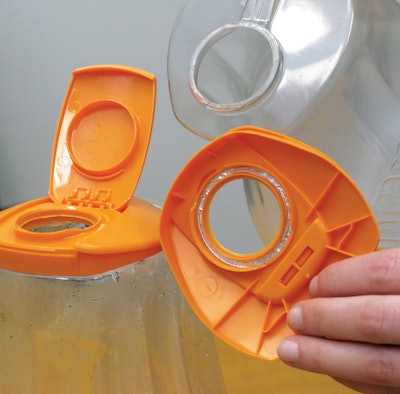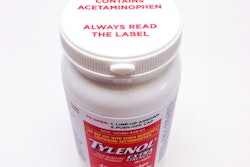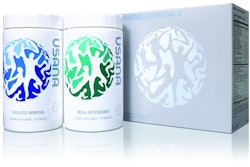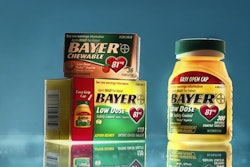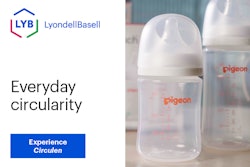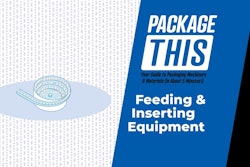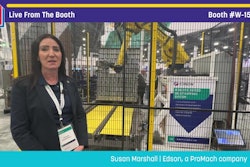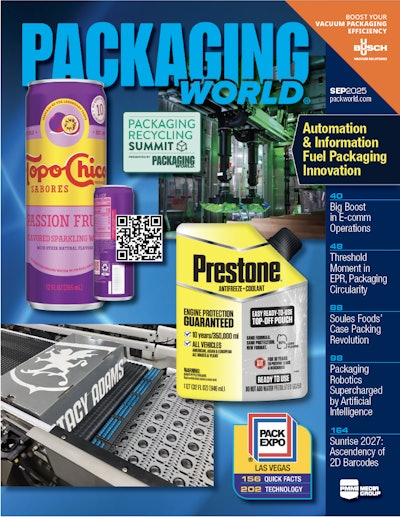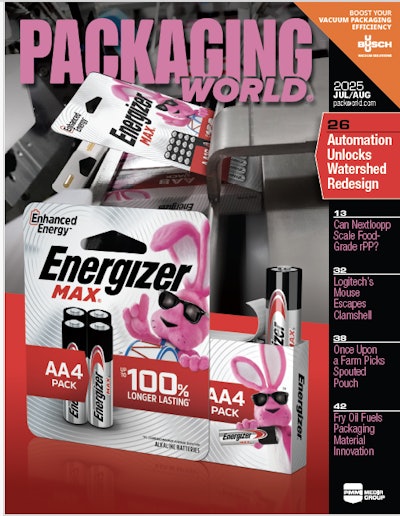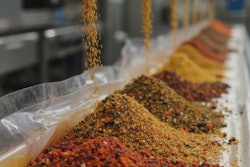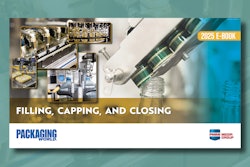That’s because the closure is often the primary point of interaction the consumer has with the product and package.
It’s a common mistake to think of a closure separate from the container, or downplay its importance. With that in mind, there are a number of trends that are driving best practices when selecting or designing the best closure for the job.
1. Think about daily use. A closure can make a profound impact on the end consumer—positive or negative—throughout the life cycle of the product. Planned properly, the right closure can enhance, rather than detract from, consumers’ experiences with the package, the product, and the brand, leading to repeat purchases. After the first moment of truth in store, there are many second moments of truth—at home. A well-designed closure can play a key role in those impressions that the consumer forms when using the package and product.
2. Consider custom closures. To stay a step ahead of private labels, some national brand owners are increasing their use of custom closures, with shaped closures or with the brand logo molded right into the top of the closure. During the recession, many packagers using custom closures switched back to generic closures. But as the economy picks up, closure manufacturers are predicting that brand owners will once again start looking at custom options.
3. Create functionality precisely. Consumers often base their initial perception of product quality in part on how well the closure and the package work together as a unit. Can the package be held and opened with just one hand? Is there an audible snap when the cap is reclosed? Closures that provide these advantages help build customer loyalty by providing greater user convenience and confidence that the package is securely closed.
4. Check the regulations. Safety and compliance labeling regulations in pharmaceutical and some food markets have caused some packagers to turn to the closure to carry inserts as a way of keeping the primary container label-free for the heavy lifting that branding requires. For closures that are printed, decorative techniques such as pad printing or heat foil transfer can also add information.
5. Lightweighting. Manufacturers have created commonly shaped closures that are 5% to 10% lighter than the previous versions. This lightweighting comes at the expense of pushing the boundaries of what’s possible from a functionality standpoint. The trend is a compromise between a few, sometimes opposing, factors. Consumers expect closures to keep the product fresh over the long term, prevent moisture penetration (especially for products like dry creamers and fiber supplements), help ensure product safety, and dispense the product easily and cleanly. These factors need to be considered when attempting any material reduction.
6. Multifunction closures. Closures are being asked to do two or more jobs—combining tamper-evidence with dispensing functionality, for instance, or tamper-evidence with child-resistance. Product delivery is best thought of as existing within a system of other closure and packaging functions. It’s also important for frequently used products, like shampoo, that a dispensing closure such as a flip-top continues to perform at a high level for the entire lifespan of the product.
7. Know the category. A variety of closure designs have been developed to address concerns in different categories. They include closures that seal the package against outside air, are compatible with tamper-evident liners and protective overwraps, and provide controlled dispensing. Senior-friendly aspirin bottles have been introduced with wider tops that require less torque to open. Convenience and on-the-go consumption are still driving food and beverage innovation. But whatever the category, its important that marketing does not oversell the features to create unjustified expectations of a packaging’s performance.
8. Learn the properties of the product. A close look at the product’s attributes will suggest functional closure requirements. A product that is prone to drips and spills might be best topped with a closure containing some sort of orifice. Closures that drip when stored sideways or open when tipped over may require a secure snap seal. However, these must be balanced with ease of opening to avoid consumer complaints. Small variations in the viscosity of common personal care products should be tested to make sure the rate of dispensing is appropriate. Closures for dispensing wet or dry chemical products such as fertilizer or carpet cleaner should also take into account how to minimize the chance of having the product come in contact with consumers’ skin. Such closures should also be tasked with containing the product securely to prevent leakage or spillage during transportation.
9. Integrate all the components. It can be tricky to strike the right balance and integration among all the components involved—the closure, the liner, and the bottle, not to mention secondary packaging such as paperboard or blisters. In terms of the closure itself, not only must the neck finish match, but the skirt length of the closure must also match the bottle. Heat-shrink labels can pose a special challenge when used in conjunction with flip-top closures. If the thumb indent is too large, the label may warp or burn at the indent point in the heat tunnel. If it’s too small, the label may look fine, but the closure may provide insufficient leverage for easy opening.
10. Tell a story. The closure is the first part of a package that draws consumer response. If it’s difficult to operate or creates a leaky package, they will notice. If you can avoid dissatisfiers, you have a great opportunity to engage shoppers by telling the brand’s story. Strike a balance between overengineering to create the most producible and line-friendly closure and creating a closure that addresses consumer needs and desires. Tell a story by adding some flair. Consider closure decoration that reinforces the brand logo, marketing claims, or instructional copy.
11. Marry functionality with aesthetics. Functionally, the best closure makes the bottle easy to open and use repeatedly. Aesthetically, the closure should reinforce the function or characteristics of the product. Soft curves in personal care, for instance, can serve as a metaphor for nature and beauty. Custom package designs, in which the closure can play a strong supporting role, are more than a mere decorating whim. They’re almost a must today in crowded categories such as lotions, into which private-label products have muscled. When going custom, create consensus as to the goals of the design, provide justification for the design’s additional expense, and estimate anticipated gains to the bottom line.
12. Consult widely. Next, get early input from a cross-section of key players, including the marketing, branding, design, engineering, and production departments. Don’t forget to draw vendors into the conversation, and make sure to build in enough time so all stakeholders can perform their jobs well. Finally, make sure it packs out well. Pallets and containers topped with custom closures may also make it difficult or impossible to fit the same number of containers into a shipper designed to hold containers topped with standard screw-on closures. One common pitfall surrounds the switch to a dispensing closure from a regular screw-on closure, because they are slightly taller. This can cause issues with an outer folding carton, clamshell or blister pack, corrugated shipper, or even shelf height at retail.
13. Test on production and filling lines. Closures must also be evaluated in terms of how they will be integrated with the production and packaging line—most specifically, with the capping equipment. Aspects to evaluate include size or shape limitations of the equipment, line speeds, the ability to incorporate a liner, and methods of delivering closures to the capping equipment. Custom-shaped closures in particular can complicate top loading for multiple layers of bottles in a shipping container. Even though there are standard neck finishes that bottles and closures must adhere to, tolerances do vary. Never make assumptions, and always work with your suppliers to test your particular closure, liner, and container with your capping and induction sealing equipment.
